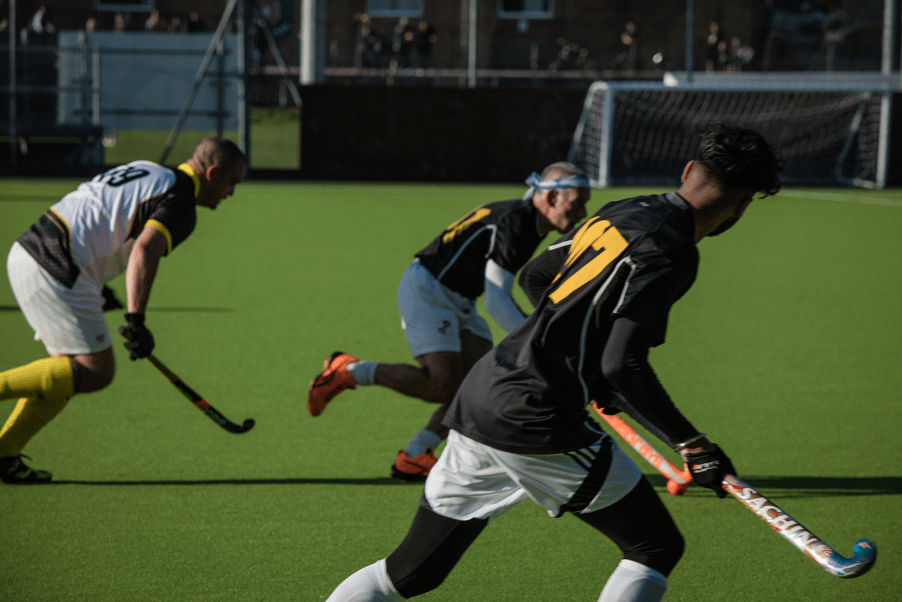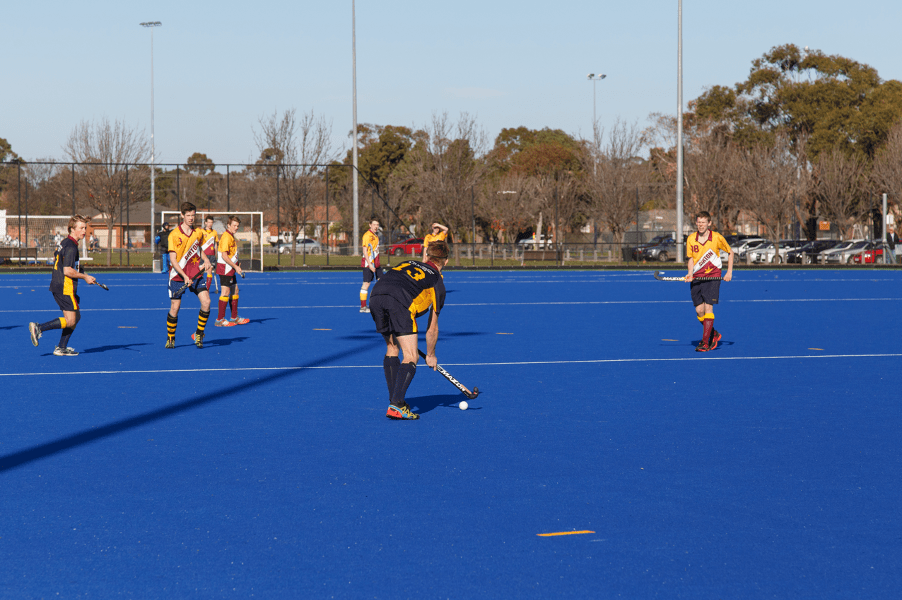What does a hockey player look for in an artificial pitch?
- 04/29/2020
Hockey first took to synthetic turf back in the 70’s with the Montreal Olympics being the springboard for global acceptance. It is therefore true to say that many hockey players have only ever played on synthetic turf; this gives them a tacit knowledge of the surface, in other words it is instinctive. That said, they can still tell the difference between a great pitch and a poor one.
Joel Forrester, CEO of Hockey for Heroes and a seasoned hockey player comments, “As a hockey player, I can vouch that the most enjoyment obtained and key elements a player looks for, when it comes to the synthetic pitch, is directly related to good grip under foot, which allows for quick changes of direction, and a flat surface for a true, consistent and fast ball roll”.
He continues, “When the surface is smooth and flat it removes any negative influences or impact on the game that has been derived from the surface. For a player, when the pitch adds to and improves your game, it isn’t necessary to change your skills or tactics due to a bad playing surface”

Feedback from players shows a preference for a dense surface, with fairly stiff fibres. This allows the ball to roll “on” the surface and helps eliminate any odd bounces. It also helps a player perform his skills better. This impacts:
- A player’s control
- Consistency during the match
- The ability to take on opponents
- And allows players to implement flare and skill in the game.
Joel further adds, “It is key that a player should be confident in his directional change for a couple of reasons. Injury prevention is one and player development is the second. A player that has confidence in the surface will play better and the speed in which players can develop will significantly increase”.
Onno Brenninkmeijer, CCGrass Europe Sales Manager and a veteran hockey player comments, “For me, when I was younger, it was mainly about speed and consistency. We wanted a fast and non-directional ball roll. That hasn’t changed. But now, I also want a safe surface to play on”.
The preparation of a synthetic turf hockey pitch can help reduce injuries. Every hockey player, at some time, has had damaged knuckles, knees and elbows, often on a dry surface. But when a pitch is lightly watered the skin contact with the turf will not lead to friction burns. This is the ideal pitch for hockey and why players request a water-based surface.
When wet, a pitch is a lot less abrasive and safer to play on, but if a watering system is not available, and the weather is dry, then the denser, higher quality, sand dressed pitches still offer a good game. It is essential here that the fibre encapsulates the sand within the fibres, so the player can only see and therefore play on the turf, not sand.
Hockey players do not want an unnecessary amount of bounce on the ball after an aerial or lift has been made. The expectation from elite hockey players is that after the second bounce, it should begin to transition into a roll. Here, the right combination of synthetic turf and performance pad are essential to achieve these characteristics. A densely tufted top, with “stiffish” fibres and a firm pad helps to reduce unnecessary bounce and allow the player to quickly bring the ball under control.

For many players, how a pitch looks is the first sub-conscious thought, even before a ball has been struck. Most hockey players enjoy playing on different surface colours. Now many clubs and schools as well as international pitches such as Lee Valley in London to the pitch played on during the Rio Olympics, have attractive coloured pitch combinations, which add an extra element of appeal to the game.
As a final observation, some pitches take time to adjust to. This may be because they are new and the infill is still a little uneven, or nearer the end of life, where heavily used areas are more worn than others. Simply wearing the right footwear – less grip, more grip, may enhance a player’s enjoyment.
For more information on CCGrass hockey systems, please contact Onno Brenninkmeijer on Onno.Brenninkmeijer@ccgrass.eu or +31 651 814766
Our thanks to Joel Forrester, Hockey for Heroes, for his insights.




